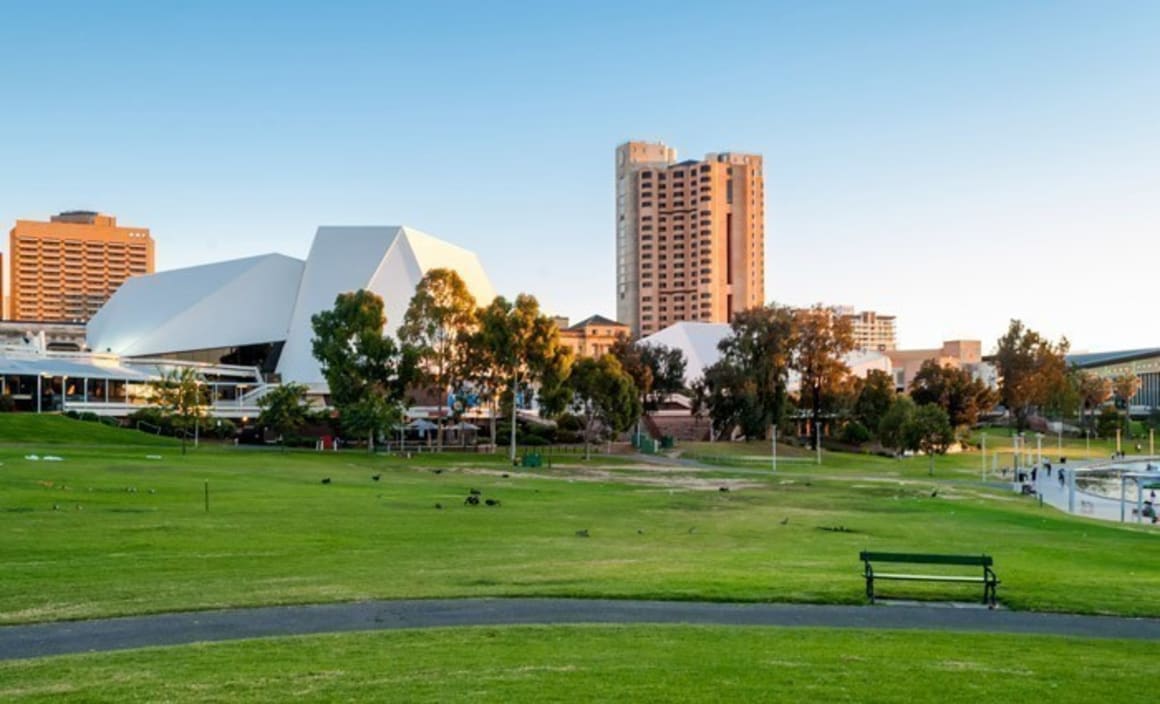Adelaide claims top residential growth market

Adelaide now has the No.1 growth market among the eight state and territory capital cities.
While the former boom markets in Sydney and Melbourne have faded dramatically in 2016 (notwithstanding the dodgy data on auction clearance rates, which flatter to deceive), and Brisbane has lost some of its momentum, Adelaide has maintained its very steady performance.
My latest survey of sales activity for The Price Predictor Index shows that Adelaide leads the capital cities on the number of growth markets for the second consecutive survey. It has more suburbs with rising sales activity than all other cities, ahead of Melbourne and Brisbane. Adelaide is attracting growing attention from investors for its affordability and the value for money it offers compared to the bigger cities.
Using sales volumes as the yardstick, there are now very few growth markets left in Sydney. And my latest survey adds another element to the downturn story: there are now suburbs I have identified as “danger markets”, because of the pattern of sharp decline in the number of sales. These are primarily apartment markets, where sales levels are dropping at a time of increasing supply. This represents an obvious danger for buyers.
Brisbane has had elevated sales activity for the past 2-3 years, without delivering the level of overall price growth seen in Sydney and Melbourne. But now, like the two biggest cities, Brisbane markets are running out of steam. In the past three quarterly surveys, the number of suburbs with growing sales activity has decreased markedly. This replicates the pattern seen earlier in Sydney.
At the same time, some of the inner-city apartment suburbs are now classified as “danger markets” – sales rates are dropping at a time of increasing new supply. Investors need to be careful also about Brisbane Northside suburban markets, as vacancies are high in some suburbs.
But Adelaide continues to thrive. It started 2016 in solid fashion and has kept going.
Unlike the patterns we have seen recently in Sydney, Melbourne and Brisbane, where individual precincts have stood out as the market leaders, Adelaide has a broad geographical spread of LGAs with good numbers of growth markets. There are five municipalities which each have between four and six suburbs with rising sales trajectories likely to lead to price growth.
The No.1 municipality is the Port Adelaide Enfield LGA. This is one of the largest municipalities in Adelaide, covering the inner north and north-west of the city. Six suburbs in this LGA have rising markets, mostly suburbs with median house prices in the range from $390,000 to $520,000, which in Adelaide tends towards “middle market”. They include Broadview, Northgate, Clearview and Hillcrest.
Close behind is the downmarket Salisbury LGA in the far north of metropolitan Adelaide – it has five rising suburbs and seven with steady consistent sales rates. The suburb of Parafield Gardens has lifted sales from 53 to 63 to 75 in the past three quarters.
The City of Charles Sturt remains one of Adelaide’s solid middle-market areas with plenty of sales activity. The Charles Sturt LGA includes bayside suburbs west of the Adelaide CBD and has rising markets such as Flinders Park (median house price $530,000), Grange ($680,000), Henley Beach South ($735,000) and Seaton ($470,000).
The Marion and Onkaparinga municipalities both have four suburbs with rising sales activity. The Onkaparinga LGA in the far south of the Greater Adelaide area has been prominent in most of our quarterly surveys over the past two years and is one of South Australia’s leading precincts for population growth.
I’ve always regarded the Adelaide Hills as one of Australia’s most appealing Hill Change lifestyle areas. But while the Adelaide market generally has been rising for the past two years, the Hills haven’t stood out in terms of sales activity until 2016.
It’s taken time for the growth to ripple out to the metropolitan fringes. But now a number of the suburbs in the Mount Barker and Adelaide Hills LGAs are featuring with strong sales momentum, headed by the suburb of Mount Barker where sales rates have risen from around 70 per quarter to above 100.
Adelaide has always suffered from a lingering reputation as a place that lacks serious population growth or economic oomph. But it has more going for it than people realise – including a good level of spending on infrastructure – and above all else offers great value-for-money in its real estate, relative to the bigger cities.
Terry Ryder is the founder of hotspotting.com.au. You can email him or follow him on Twitter.